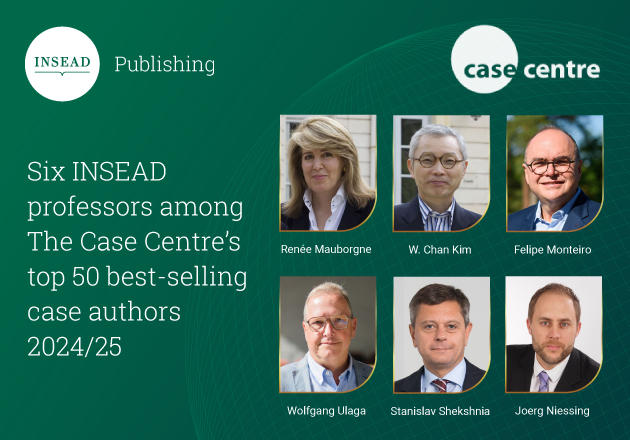India’s cement makers have earned global recognition for their efforts to improve energy efficiency and reduce carbon emissions. In 2011, a report by the World Economic Forum named Shree Cement a “new sustainability champion”. In 2021, the WEF report cited a pledge by Mahendra Singi, CEO of Dalmia Cement, to follow a carbon-negative roadmap. From 2018 to 2020, steps taken to reduce the carbon footprint of cement production were cost effective but as of 2020 a more ambitious – and potentially costly – approach was needed. The case discusses the progress made so far and the alternatives under consideration.
The case has multiple potential uses in the areas of managerial decision making, goal setting, and ESG (sustainability):
(1) As an introduction to the environmental problems and potential solutions in cement production, an industry that generates more carbon emissions than any other.
(2) As a decision challenge – for a firm seem that has exhausted cost-effective sustainability actions and now must increase expenditure to make further progress despite a context of low profitability.
(3) As a starting point for discussion of how well-defined corporate goals (in this case, sustainability) can trigger creative actions that help the firm make progress yet keep costs low, at least initially.
- Decision making
- Goal setting
- Environmentalism
- Sustainability
- ESG
- Cement production
- Construction industry
- Climate change
- Developing economy
- Family enterprise
- Visionary leadership
- Q32022





